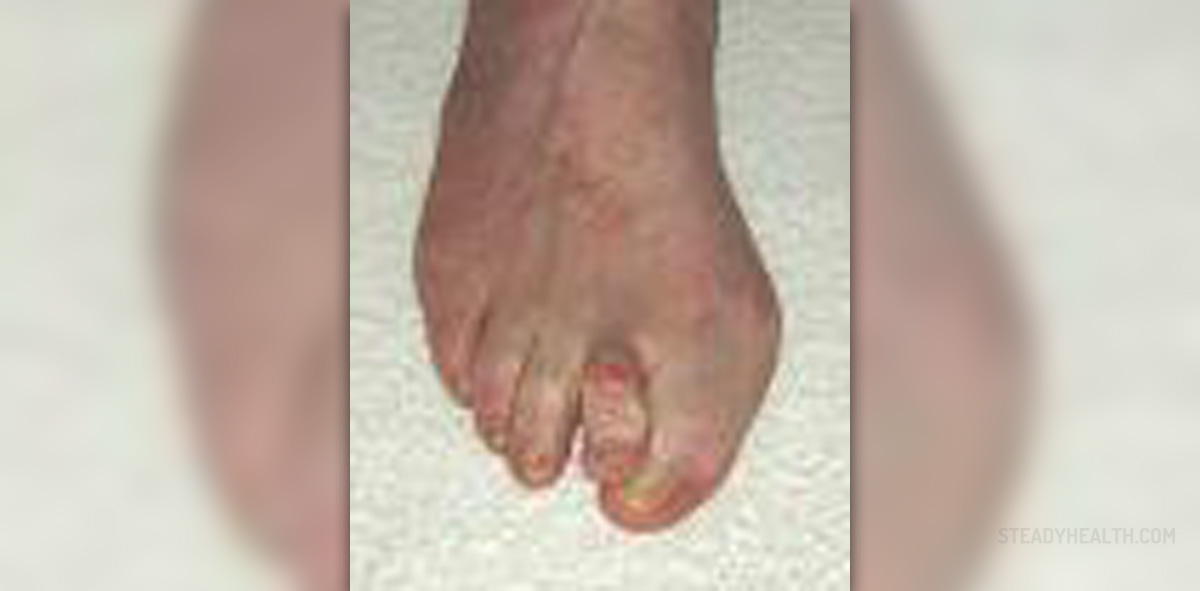
Bunions, or Hallux Valgus, are among the most common forms of forefoot deformity. A bunion occurs as a consequence of a displacement of the bone under the big toe, which leads the big toe to shift towards the other toes, sometimes moving under the toe next to it. Along with this displacement, there may be a slight growth on the outer part of the big toe.
This problem affects more women than men, probably because they tend to wear tight fitting shoes.
Causes and symptoms of bunions
Family history of bunions may be a factor of risk. Another factor that may lead to bunions is having one leg longer than the other. Wearing tight fitting shoes is certainly one of the leading factors for developing bunions, especially if there is medical history present or if there are other conditions that are considered to be risk factors.
Medical conditions like weak ligaments, osteoporosis, trauma or injury to the feet, rheumatoid arthritis, neuromuscular diseases and other.
Symptoms of bunions include redness, inflammation, and pain on the inner margin of the foot, under the big toe. Feet may become too wide to fit the shoe size worn previously and it may deform the shoe. Other symptoms include grinding of the joint, swelling, numbness and burning sensation.
Treatment and tips for bunions
It is generally recommended to wear comfortable, wide shoes made of soft materials, which can adjust to the new shape of the foot. High heels should be avoided.
There are several exercises designed to relieve pain caused by bunions. One of the most effective is pulling the big toe and stretching it around in all directions.
Ice packs applied to the bunion can also relieve the pain. It is recommended to elevate the foot on a stool when applying the ice pack.
Today there are pads, gels and shields designed for bunions that are worn inside the shoe. They protect the foot from friction, pressure and abrasion during walking.
Bunion splints, on the other hand, should be worn at night. Their goal is to gently correct the deformity and bring the toe back in its normal position.
A quick home remedy for bunions is a warm bath. The affected foot should be soaked in warm water for about ten minutes, and it also helps to add Epsom salts or herbal oils and powders. The heat will soothe the foot and relieve the pain.
When all the other forms of treatment for bunions fail, the doctors may suggest bunion surgery. This surgery is usually done by an orthopedic surgeon and can be done in many different ways, depending on the severity and configuration of the bunion. Surgery does not guarantee 100 percent effectiveness and recovery.




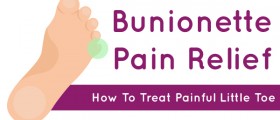


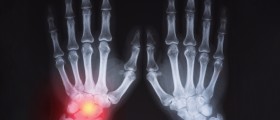
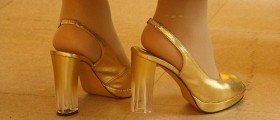


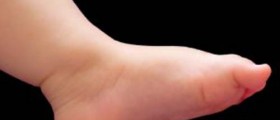
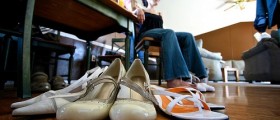
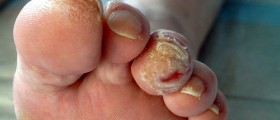

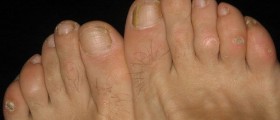
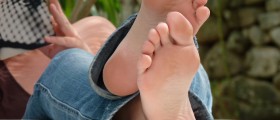
Your thoughts on this
Loading...